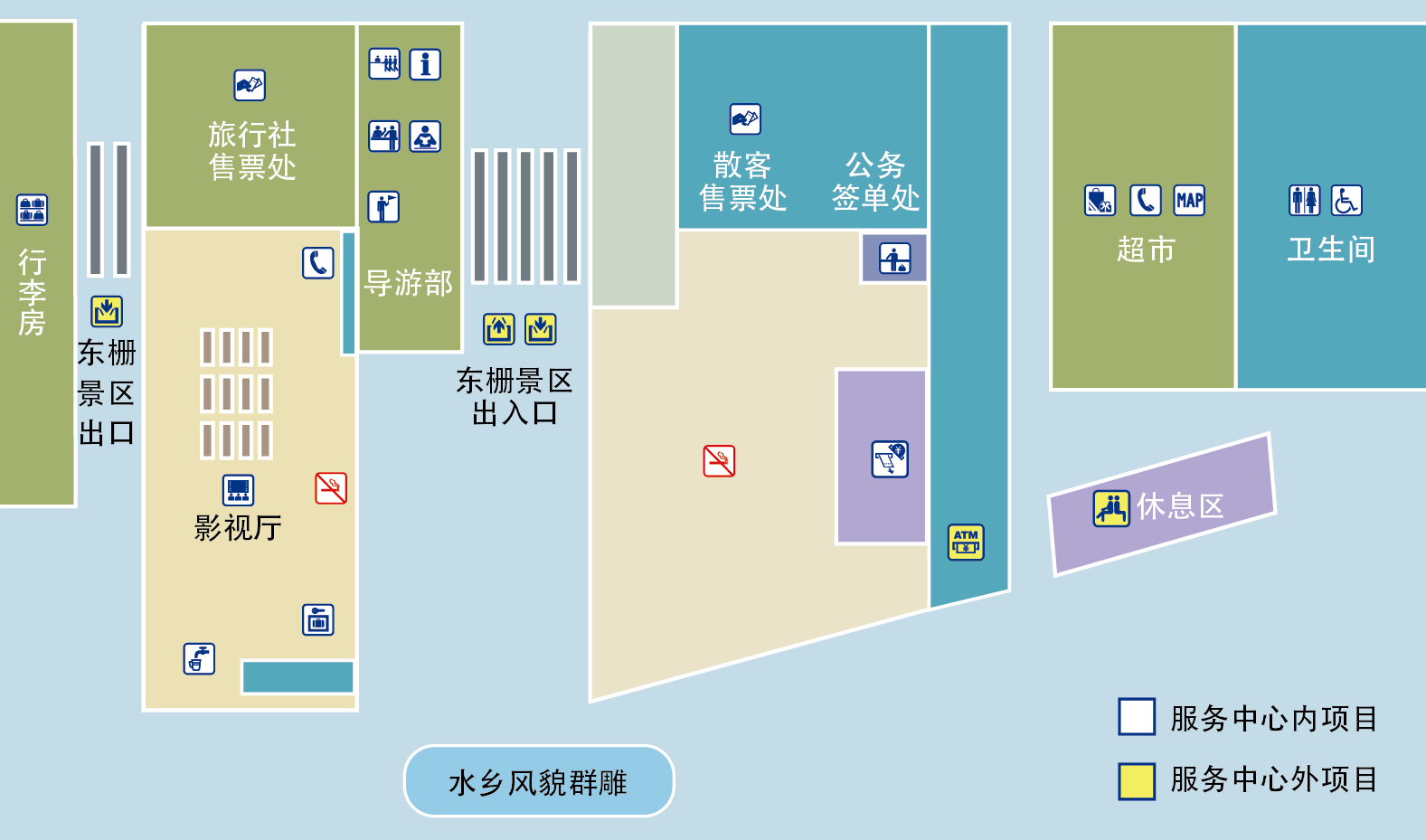

Pei Gongmei (style) was from Henei Prefecture in the Tang territory, a jinshi turned prime minister.
He possessed a mansion in Wuzhen, with the first of its kind private landscaping in the town, a grand delight of towers and pavilions, rockeries and lakes, trees and flowers. The jaw-dropping spectacular was a multitude of “verandas like a marquee muffling the sun,” thus the catchphrase coined, “a heaven without the sun.”
A religious Buddhist, especially in the Chan sect, Pei held a notable position in its history as influential as his stellar contemporaries, from Pang Yun (styled Daoxuan, from Hengyang Prefecture of the Tang), Bai Letian, Li Ao, to Lu Gen. Other than writing, Pei was a master in calligraphy. Taking inspirations from Ouyang Xun and Liu Gongquan, his fashion looked more gracefully majestic than that of Liu, though seemingly similar, especially compact in structure and vigorous in brushstroke. Case in point, the Stele of Monk Jiefeng was a masterpiece in an iconic flair of the Middle Tang, inscribed and handwritten by Pei, complete with a plaque in seal script by Liu. Another credit was the book of rubbings existing to this day, Stele of Zen Master Dinghui, in full as Stele of Deceased Tang Dynasty Mount. Gui Zen Master Dinghui Practising Dharma, or Guifeng Stele in short. It was erected in the lunar October, Dazhong 9th year (855 AD) of the Tang, inscribed and written by Pei, also with a tablet in seal script by Liu. The stone is now housed in the Caotang Temple, Huxian County, Shaanxi Province. The regular script is 36 lines by 65 characters in each, coupled with another 9 seal-style characters. The earliest rubbing book still in existence is the Ming edition. “An emotional calligrapher as with the stele, Pei was packed with childlike fun and sincerity, free from wacky and goofy,” the rave review hailed from Mi Fu, as plucked from his work Haiyue Insights.
Keyword:

